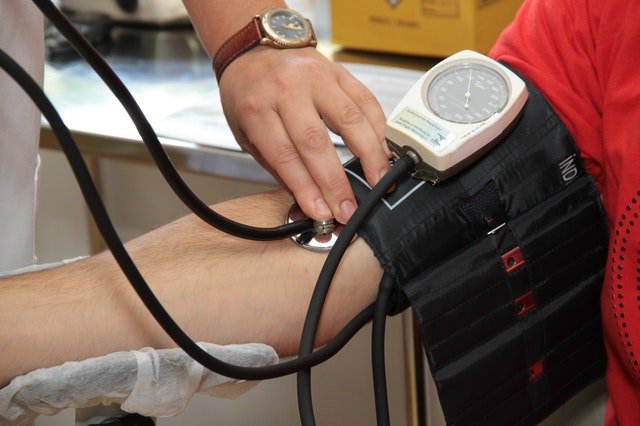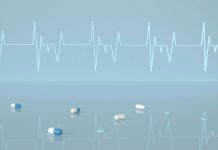
For people with high blood pressure or a high risk of the disease, monitoring their blood pressure may become a daily requirement.
As more advanced blood pressure readers have been made, it is quite easy to check blood pressure at home.
However, high technology is not enough to ensure an accurate blood pressure reading. Some common things we do can cause the numbers falsely high.
According to the American Heart Association, there are seven common mistakes people make when measuring their blood pressure:
Talking. When people measure blood pressure, they should keep still and silent and not talk on the phone or answer questions.
Why? because talking can add 10 points to the reading.
Sitting with crossed legs – Crossing legs when sitting is polite. But this can increase the blood pressure reading 2-8 points. The best way is to uncross your legs while ensuring your feet are supported.
Unsupported arm – during a blood pressure measurement, your measured arm should be relaxed and supported. If you have to hold it, the blood pressure numbers may go up to 10 points higher than it should be.
The best way is to position your arm on a chair or counter so that the measurement cuff is level with your heart.
Unsupported back/feet – Like unsupported arms, this can also add 6-10 points to your blood pressure reading. The best way is to sit on a chair with your back supported and put your feet on the floor or a footstool.
Wrapping the cuff over clothing – This common error can add 5-50 points to your reading. Instead, be sure the cuff is placed on a bare arm.
The cuff is too tight – a very tight cuff not only makes you uncomfortable but also may add 2-10 points to your blood pressure. So you should ensure a proper fit.
Having a full bladder – this common mistake can add 10-15 points to your blood pressure reading.
Always empty your bladder before you measure your blood pressure.
All the seven mistakes are common things we do in daily life, but they can make a difference in whether or not a person is classified as having high blood pressure.
A false diagnosis can bring unnecessary treatments that harm your health.
“Knowing how to measure blood pressure accurately at home, and recognizing mistakes in the physician’s office, can help you manage your pressure and avoid unnecessary medication changes.” One researcher said.
Copyright © 2018 Knowridge Science Report. All rights reserved.



